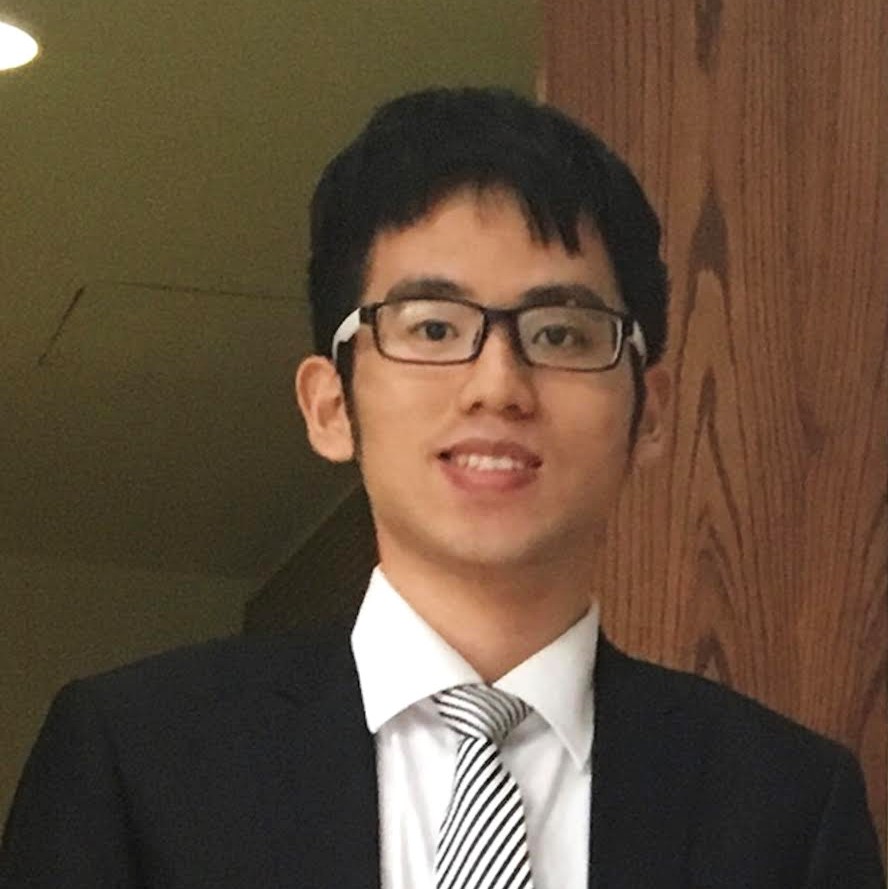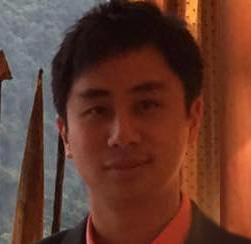Reality often goes against man’s wishes. Though people across the globe hope for peace and better economic development, the world is plagued with insecurity, conflict and unrest.
To the disappointment of East Asian countries and peoples, the Republic of Korea defense ministry announced on July 8 that the United States and the ROK agreed to install the THAAD missile defense system in the southern Korean Peninsula. The move, contrary to efforts of bringing all concerned parties to the negotiating table, is of no help to the purpose of denuclearizing the peninsula and will thwart the effort of maintaining peace and stability on the peninsula.
The installation of the THAAD system raised concerns about its consequences. The most natural association is the chaotic situation in the world. The first instance is the continual unrest in the Middle East region. Military strikes waged by the US and its allies against Iraq and Libya have plunged these countries into perennial wars and unrest. That in turn has provided hotbeds for the growth of terrorist forces. The unrest has spread to other Middle East areas and are threatening world peace and development.
The second region plagued by unrest is Europe. Since the outburst of the debt crisis, the Ukrainian crisis, refugee waves and terrorist attacks have occurred one after another, which also triggered the eruption of anti-globalization events, such as Britain’s referendum for separation from the European Union. In continental Europe, populism and extremism are having their day, leading to intensified social conflicts. What is more, the new eastward expansion by the North Atlantic Treaty Organization to strengthen its military power has caused worries across the world about resurrection of the Cold War.
Changes in the Asia-Pacific’s geopolitical and military situation are also worrying. In recent years, the US has been reducing its military presence in Middle East and Europe to send more troops to Asia-Pacific to implement its “pivot to Asia-Pacific” strategy. Meanwhile, it has taken a series of moves to tighten the chain of its Asia-Pacific alliance – instigating Japan to make trouble over the Diaoyu Islands and East China Sea problems; supporting the Philippines to start the arbitration farce in South China Sea; and deploying the THAAD system in ROK on the excuse of the North Korean nuclear threat. These moves have caused tensions in the region. The Asia-Pacific is one of the most dynamic regions in the world and has contributed greatly to global development and stability. The world is already in fear of the Asia-Pacific being plunged into war and chaos. One cannot help wondering if the US wants to get the whole world into a war crisis.
Crisis, or weiji (危机) in Chinese, involves both risk (wei) and opportunity (ji). Time will prove that China’s propositions on Asian security and win-win cooperation are the only right way for the Asia-Pacific to avoid war and unrest. The South China Sea problems should be settled through negotiations by the disputing parties. On the North Korean nuclear issue, China is promoting both peninsular denuclearization and armistice-to-peace change, giving consideration to all relevant parties’ concerns while maintaining an all-round and strict implementation of the UN Security Council resolution. This has demonstrated China’s strong sense of responsibility. Maintaining Asia-Pacific stability and development is the common responsibility of all countries in the region and concerns the happiness of the people throughout the world.
As the world’s largest developing nation and strongest developed country respectively, China and the US are increasingly seeking cooperation in global affairs management, to address regional hot issues as well as to handle bilateral and multilateral relations. However, as Washington’s “pivot to Asia-Pacific” strategy unfolds wider, it becomes clear that the US has taken China as its arch-rival in the geopolitical competition. Perhaps in the eyes of Americans, the development and growth of a newly rising nation will constitute a challenge to American hegemony or to the international rules set by the US and a threat to Washington’s “leadership” over the whole world.
This suspicion is in fact the result of certain Americans maintaining the Cold War mentality. There is no gene of hegemony in Chinese culture. China’s diplomatic idea is to establish an international relationship where countries treat each other on equal footing and work together for common security, mutual benefits and joint development. China does not challenge anybody else but does not fear any challenge either. Nobody would see China swallowing the bitter fruit of its core interests being jeopardized. Anyone who tries to bring war and unrest to the Asia-Pacific region will only end up eating its own bitter fruit. Pursuing peace, cooperation and joint development is the only right way to follow.

